Turn Your Short Pieces Into a Finished Nonfiction Book
If you’ve amassed a heap of assorted essays, flash pieces, chapters, and ideas, here’s a step-by-step guide to shaping them into a book.


Today’s post is by author Lara Lillibridge.
Have you amassed a heap of assorted essays, flash pieces, chapters, ideas, and you think you have enough to turn it into a book? Does it seem scattered and overwhelming and you’re not sure what will fit where and it is all rather daunting?
Never fear—here is a step-by-step guide to turn your hot mess into a hot dish.
1. Ask yourself, “What is my book about?”
Come up with an organizing question or statement. Every collection has a theme or arc beyond “These are the best things I’ve written so they should be a book.” Sadly, that’s a hard book to sell.
This process is similar to the old Twitter pitchfests where we had to describe our books in one tweet, back when there were character limits.
Here are examples from my own work:
- Which was more formative: Having a lesbian parent, or a bipolar one?
- What do you owe an abusive/negligent father, now that he is old and lonely?
- My journey out of divorce, through six years of single parenting, and into the family blender with my new partner.
The benefit of this exercise is that you can pull out this line at every future coffee hour or cocktail party when people ask what your book is about, as well as use it to start your query letter.
2. Sort out what you have written.
- What are your major themes?
- What ages or time periods are you writing about?
- Do you have a bunch of chapters that are different lengths, styles, or points of view?
3. Make a list of every chapter or essay—or print out the entire project.
Assign a color for each category you chose in step 2. For example, highlight all the life stages by color, or use different colors for different lengths.
Here’s an example from one of my early drafts:

And the same book, only with sticky notes:

By looking at the project by color, I was easily able to see that I didn’t have enough blue (religion) or purple (childhood) notes. I could also see that I had way too much going on. I chose to eliminate those categories from this project and save them for a future book.
4. Or, make a spreadsheet.
On the left, list all your chapters. Across the top, list all the themes or categories you have. Put an X in the box that each essay fits into.

5. Look at your project critically.
Step back and take a look. Do you have a preponderance of one color? Is your spreadsheet weighted heavily in a few categories? Do you have any outliers that are lone wolves?
6. Seriously consider each theme.
Where do you need to strengthen or write more? Can you take essays that fit into multiple categories and shape them to be stronger in one area or another?
If you are sorting by length, what is the rhythm of the collection? Do you have too many fragments in a row?
You can recolor your list as you look at these different topics. I like to save a new document, remove the highlights, and start over.
Here is another one of my projects, sorted by length:

I could easily see where I had too many flash pieces in a row.
7. Consider the emotional weight, particularly if you are writing about trauma.
I like to go through my list and rate each chapter based on the emotional intensity. Where will the reader get a breath of air?
Take a memoir or essay collection you love, and go through and assign an emotional weight to each chapter. This is just your opinion—you won’t be graded on it! Different people are affected by different things, so someone else may have a different numbering system. There are no wrong answers. What is the darkest/hardest chapter? How does the author create moments of light for the reader?
I did this with The Chronology of Water by Lidia Yuknavitch. I graphed the results and came up with this:

It reminds me of swimming the breast stroke—after we go under into despair, we rise up to lighter moments. This keeps the reader coming back—it delves into heavy material but doesn’t overwhelm the reader to the point where they close the book and walk away.
8. Look at the time jumps.
Is there a flow or rhythm to the movement through time? Are you signaling the reader clearly when we flash back or forward?
9. What about repetition?
As the same theme comes up, are you expanding, narrowing on the theme so it is adding something new to the project? Or going over the same ground?
10. Consider arc.
Is your project moving to a place of change? Consider the arc of each theme. For example, my book, Mama, Mama, Only Mama, is a collection of essays, blogs, and recipes depicting my journey through single parenting.
Here are my thematic arcs:
- Recipe for microwaving a frozen dinner to cooking a turkey and touching the carcass
- Raising kids from diapers to riding bike to school alone
- My relationship with my ex-husband from my walking out the door to wanting to send him a Father’s Day card
11. Look at chapter flow.
For this I like to print out my chapters and lay them on the floor. Read every last line and see how it connects to the first line of the following chapter.

12. Ask the hard questions!
- Is your current structure serving you well?
- Would a different structure strengthen your manuscript?
- Do you have enough material for each theme?
- Do these essays really hang together? Or should some be split off into a different project?
13. Visualize the flow by doodling.
If you are a more visual person, a fun way I learned to play around with ordering segments is from Rebecca Fish Ewan in her book Doodling for Writers. Take a stack of index cards, and draw a simple doodle representing what happens in each essay or chapter. A doodle can form an instant connection, as opposed to reading descriptive summaries over and over. Now lay out your doodles on the table and look at the flow. Move them around until the order pleases you.
Here is a segmented essay I was working on:

14. Congratulate yourself!
Once you have concluded that you have the best arrangement for your collection, congratulate yourself! Have an ice cream, a fancy coffee, or an umbrella drink, then find a beta reader or critique partner and get their opinion.
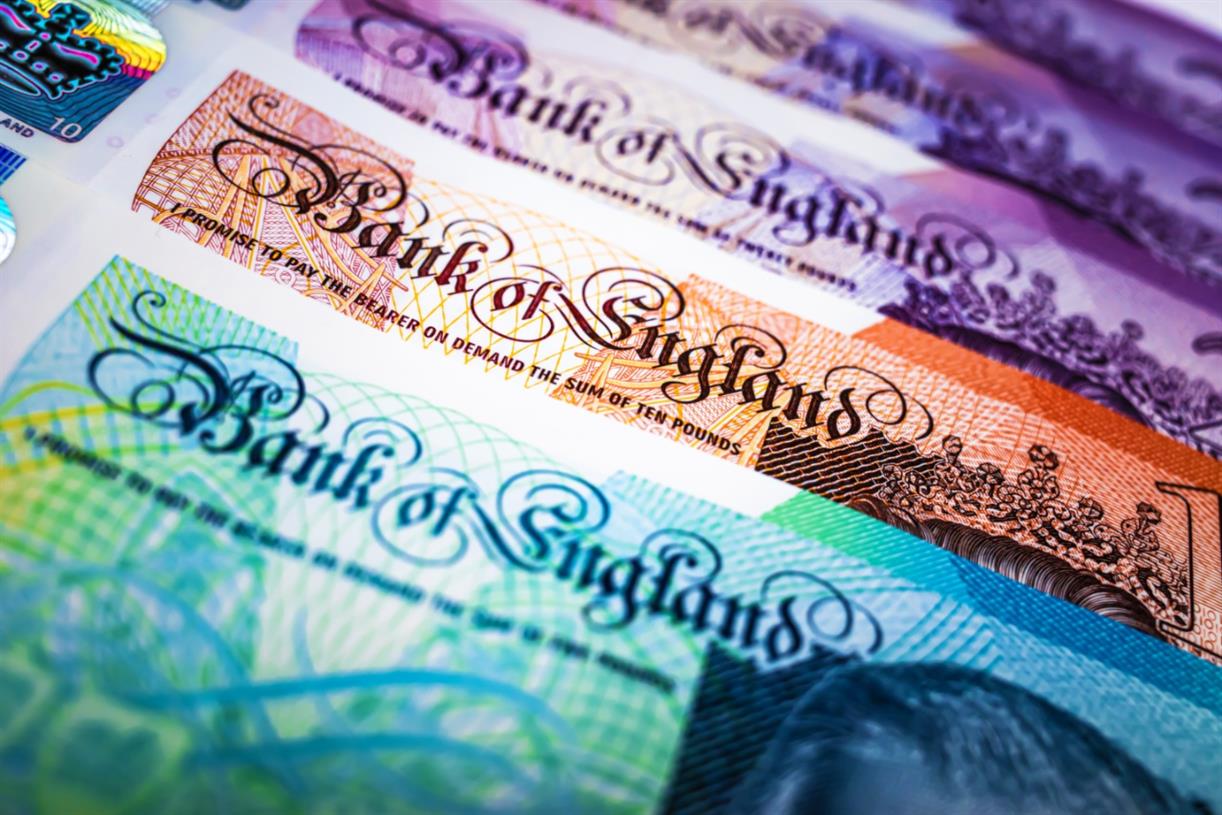



















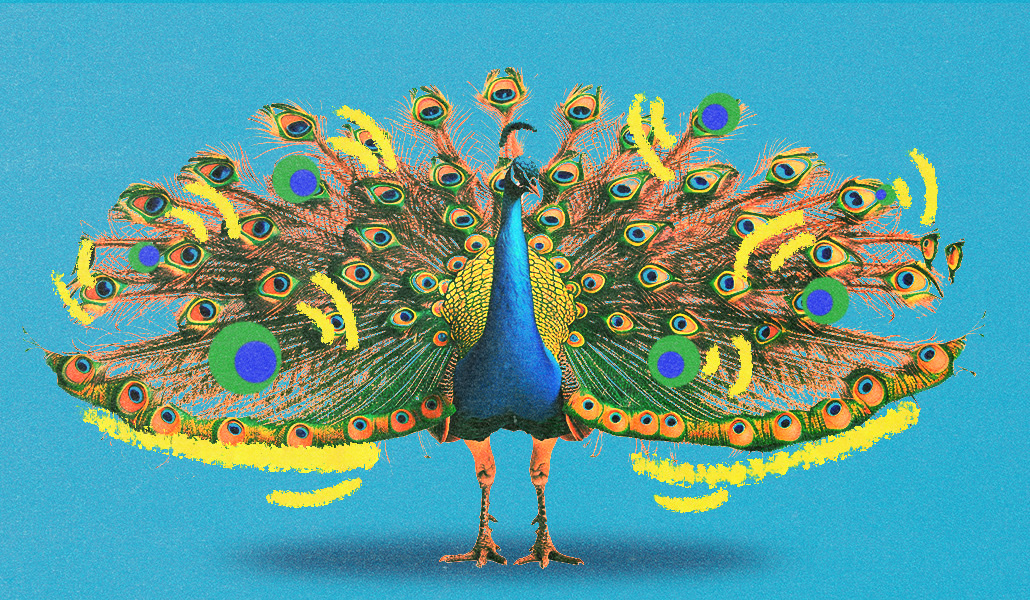


















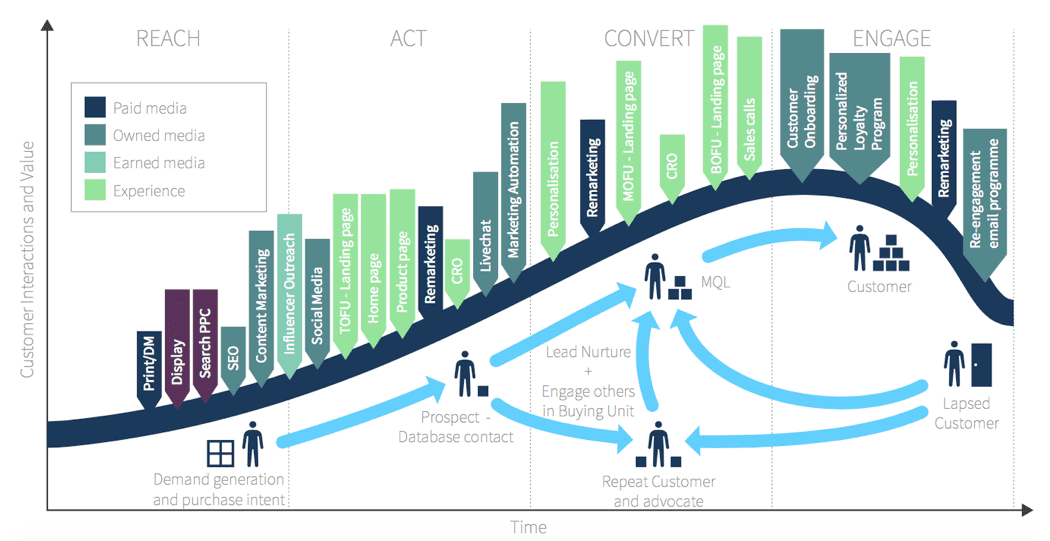
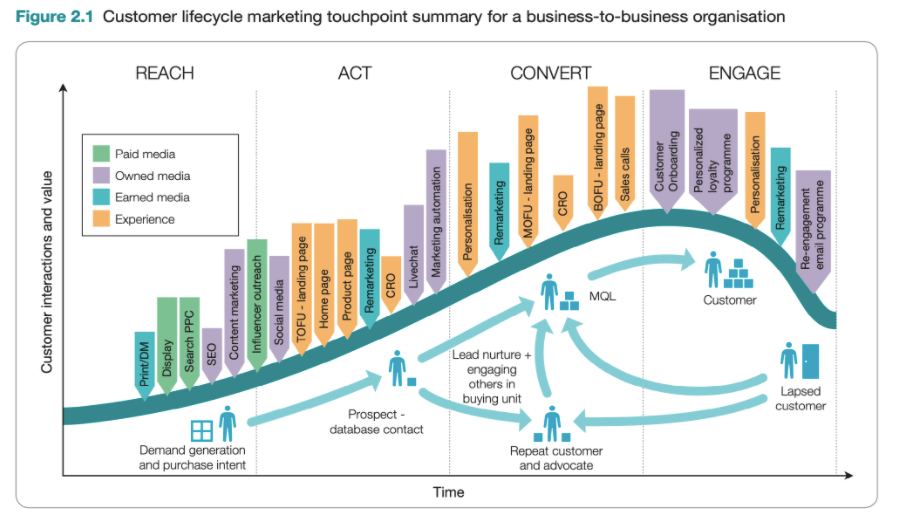
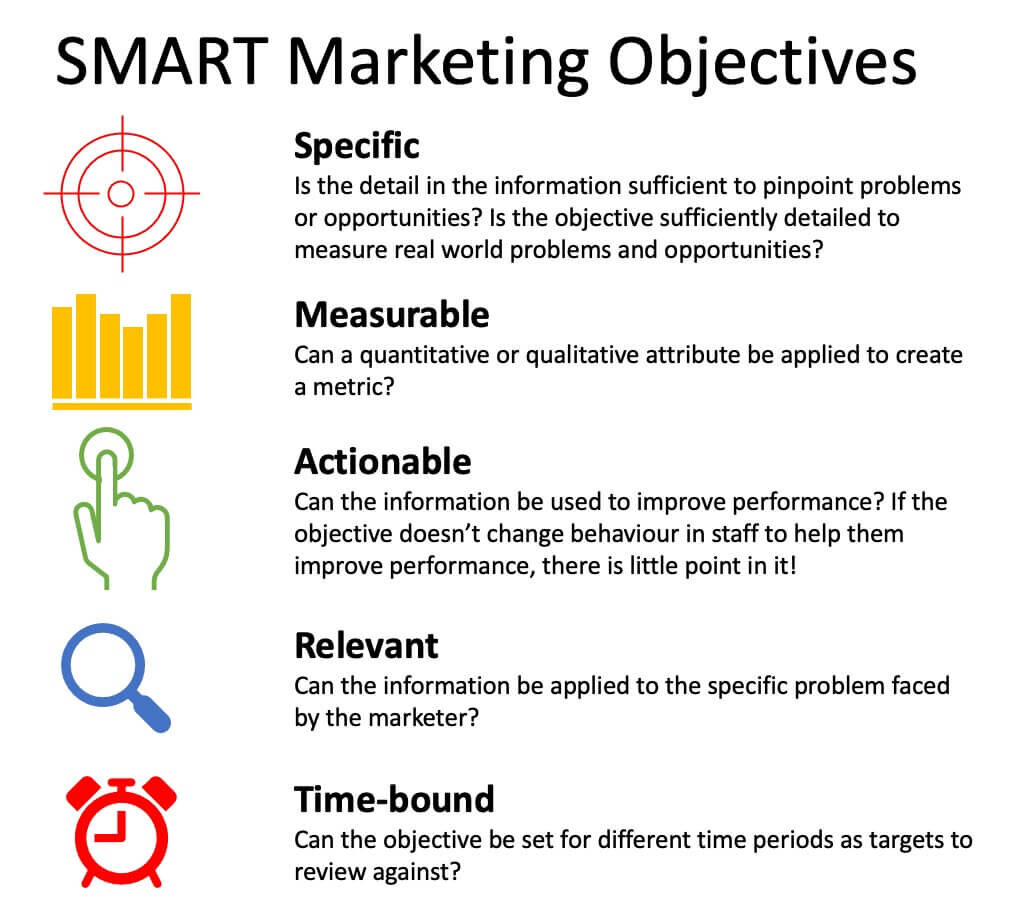
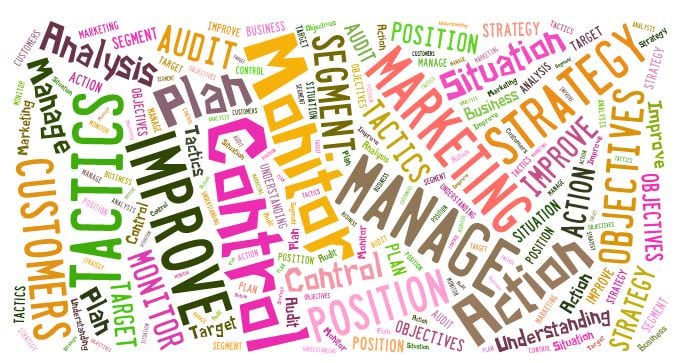








![How Marketers Are Using AI for Writing [Survey]](https://www.growandconvert.com/wp-content/uploads/2025/03/ai-for-writing-1024x682.jpg)
















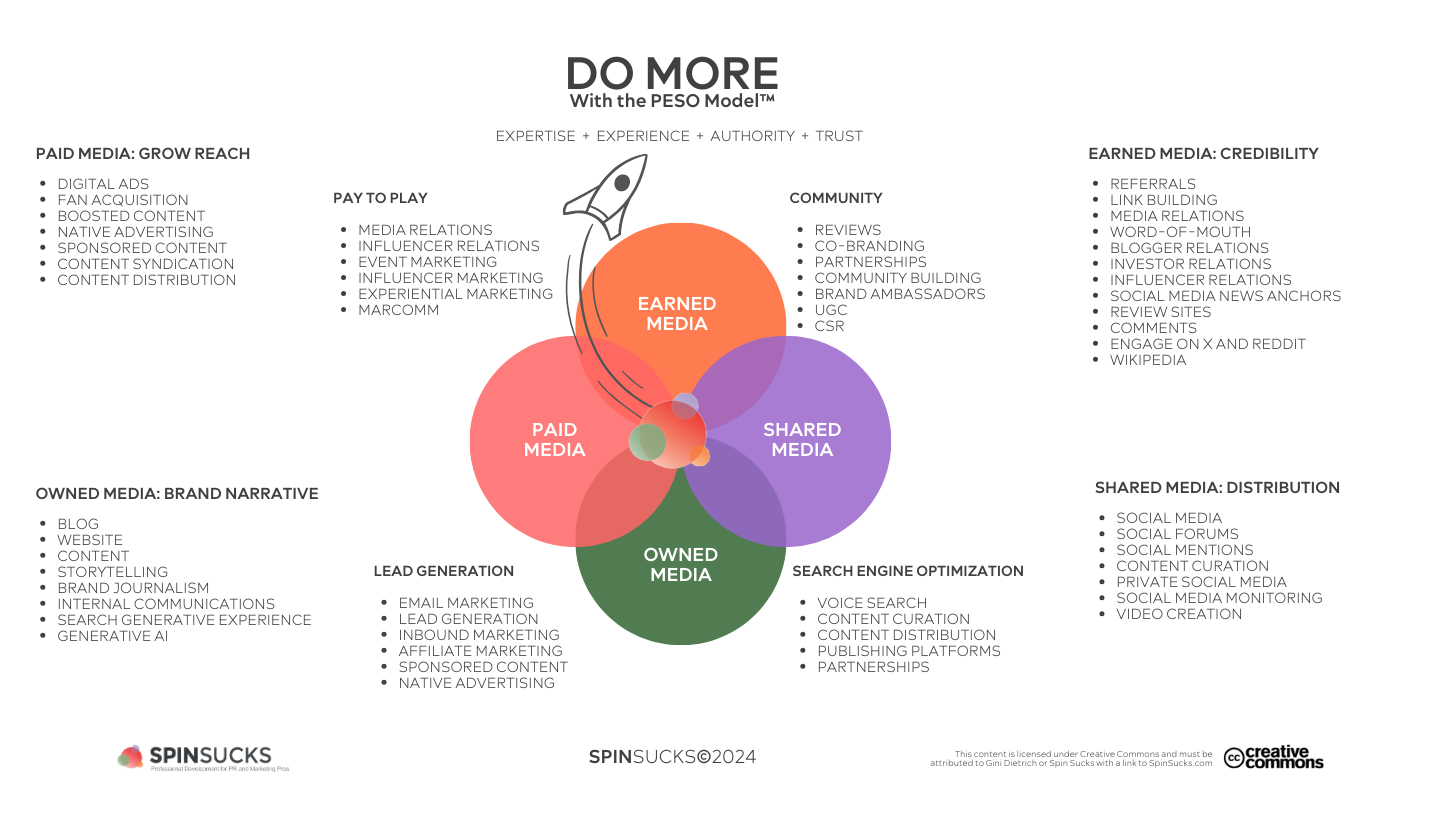
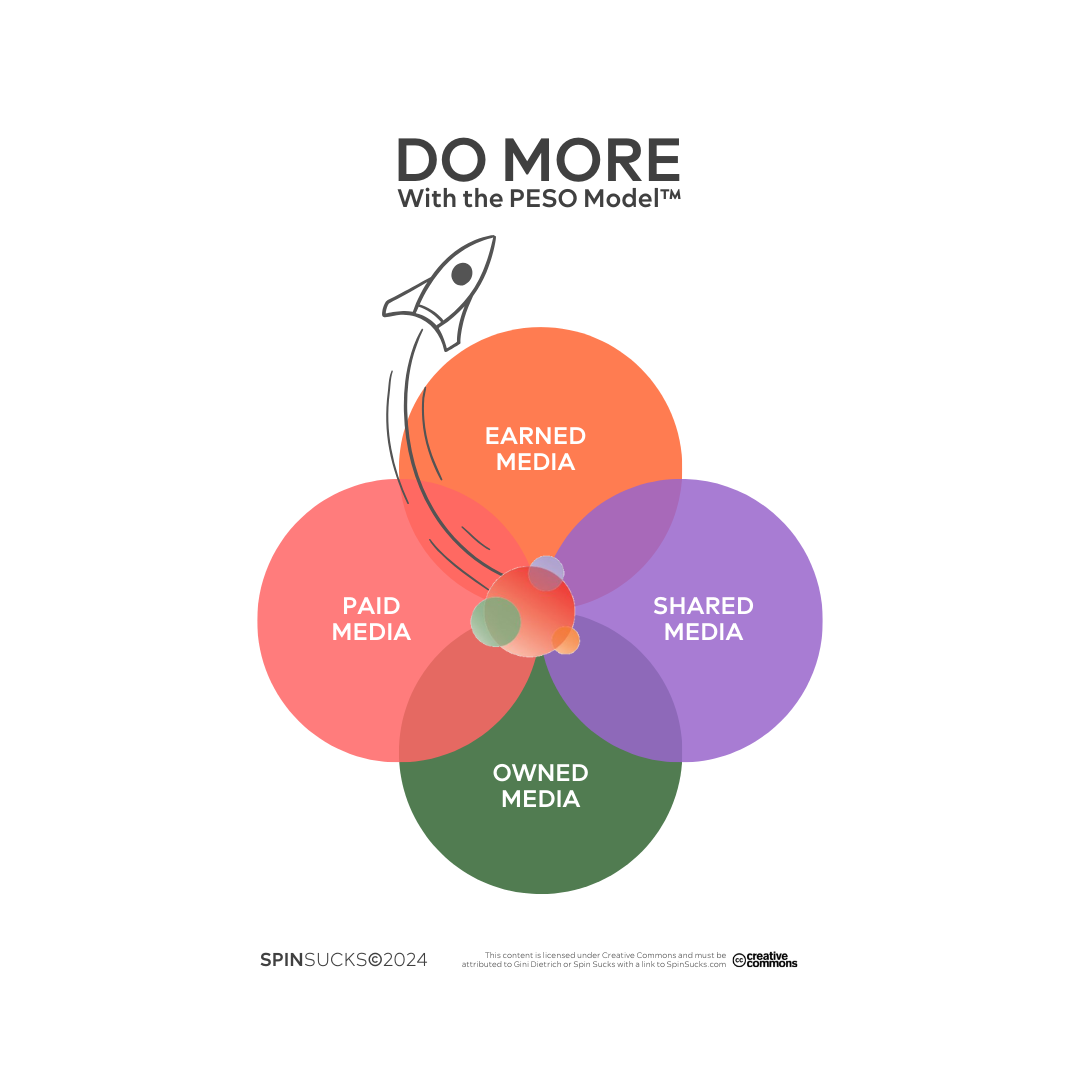

















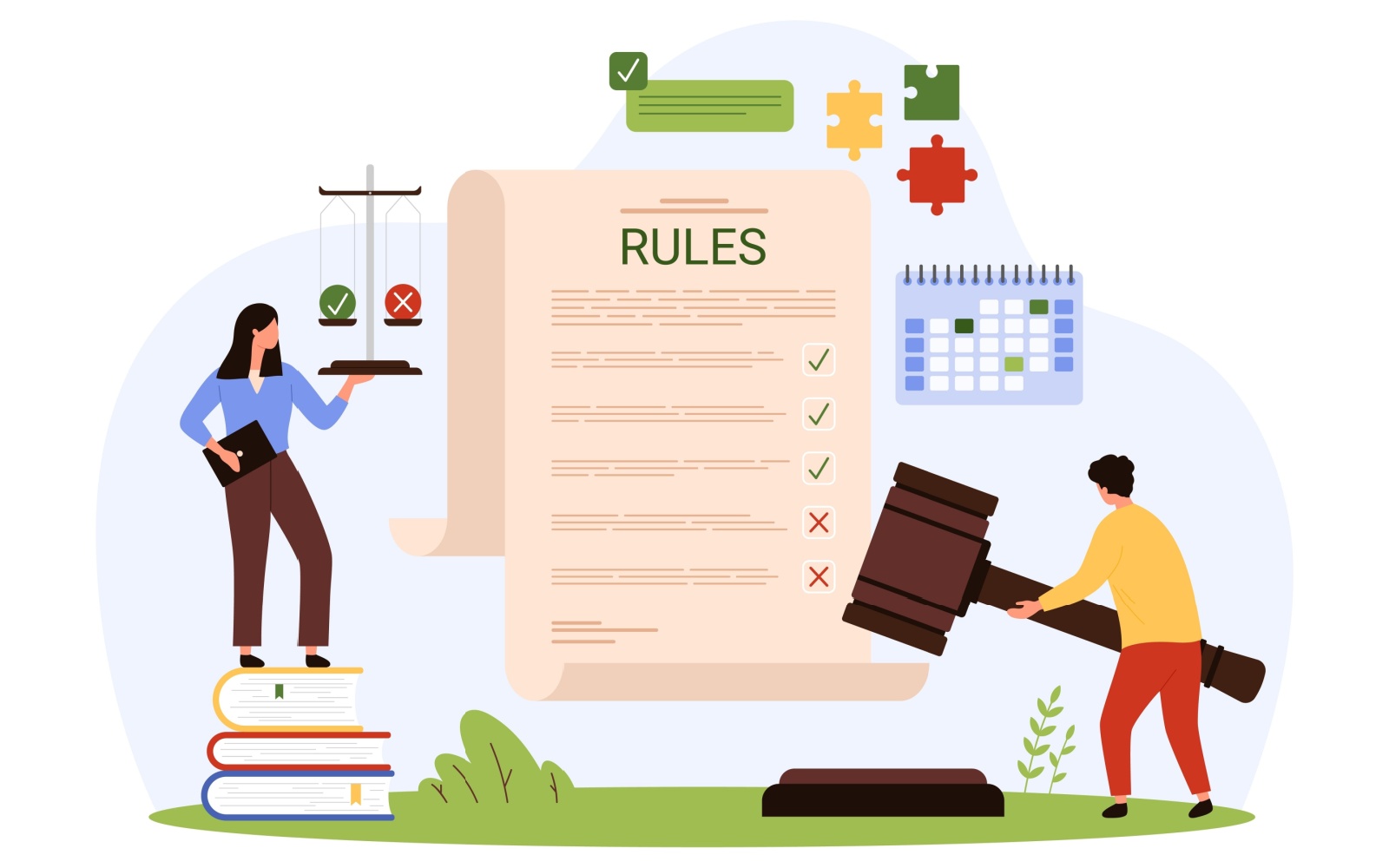












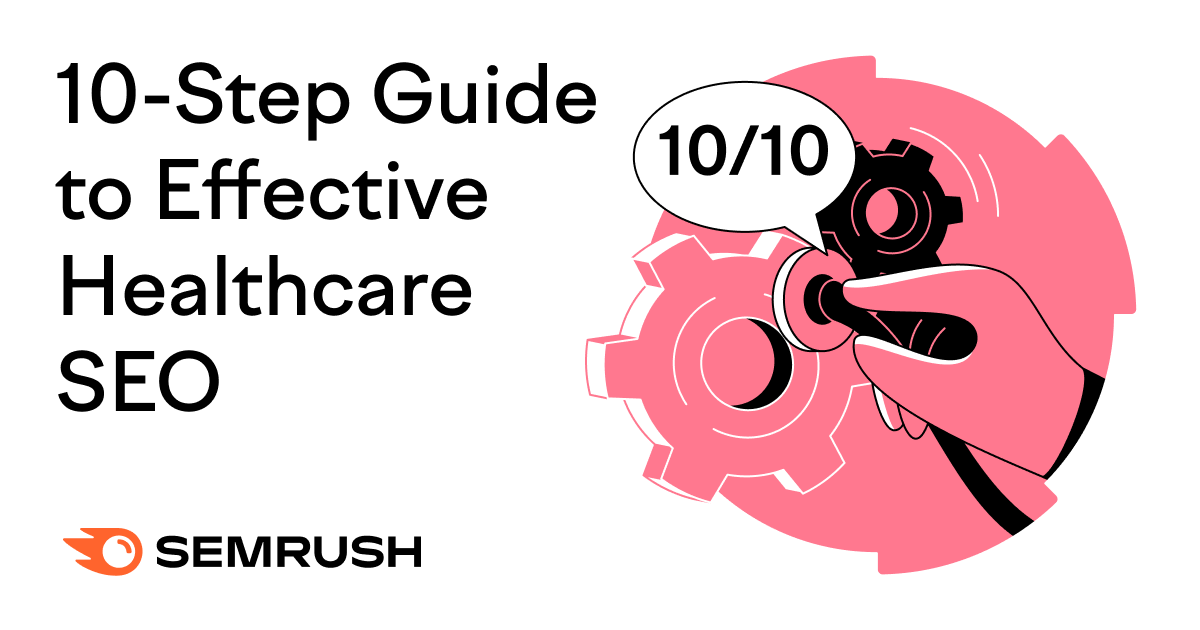




![How Meta Makes its Money [Infographic]](https://imgproxy.divecdn.com/Kn_lAdtd3hjL-g3cebdKw3vQ_uTSMewIOId-plpm62o/g:ce/rs:fit:770:435/Z3M6Ly9kaXZlc2l0ZS1zdG9yYWdlL2RpdmVpbWFnZS9tZXRhX2Fkc18yLnBuZw==.webp)
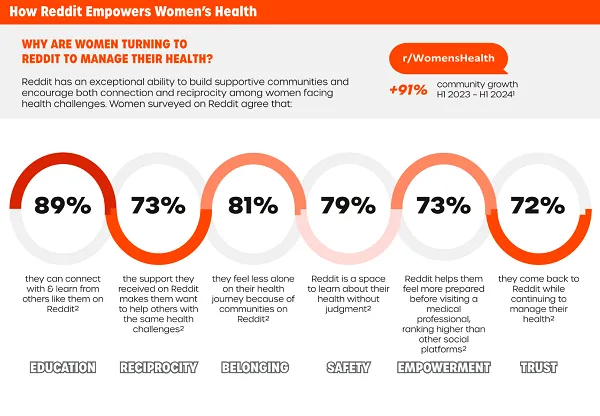












![311 Instagram caption ideas [plus free caption generator]](https://blog.hootsuite.com/wp-content/uploads/2022/07/instagram-captions-drive-engagement.png)

![How Conversion Funnels Create a Better Customer Journey [+ Tips to Optimize Yours]](https://www.hubspot.com/hubfs/Conversion%20Funnel.png)


![How to Create a Complete Marketing Strategy [Data + Expert Tips]](https://www.hubspot.com/hubfs/marketing-strategy.webp)
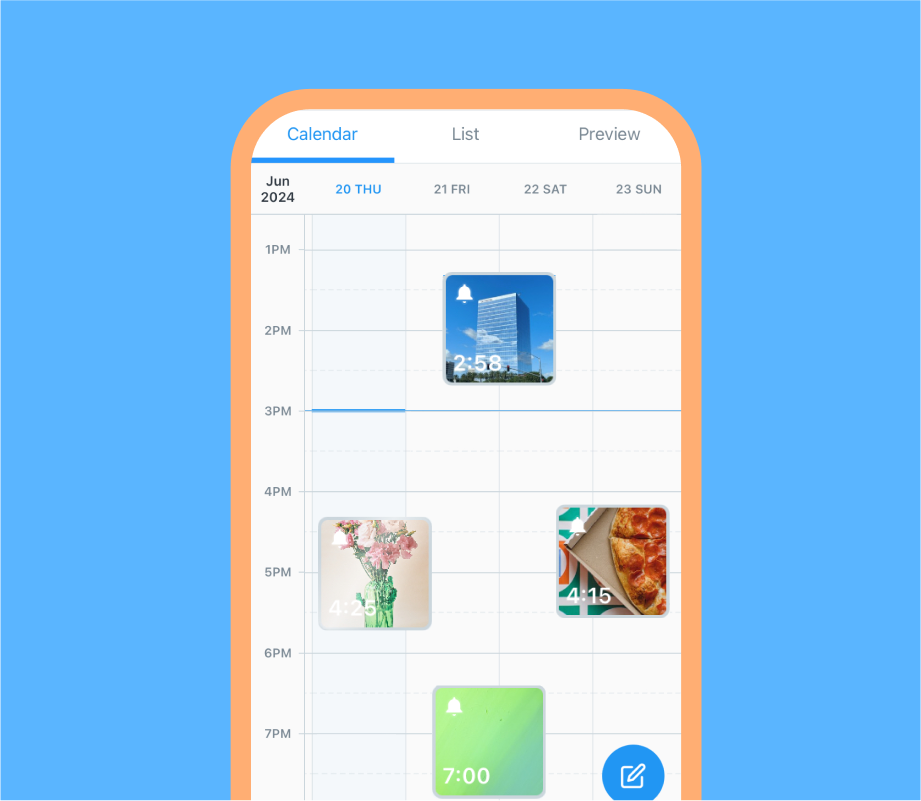



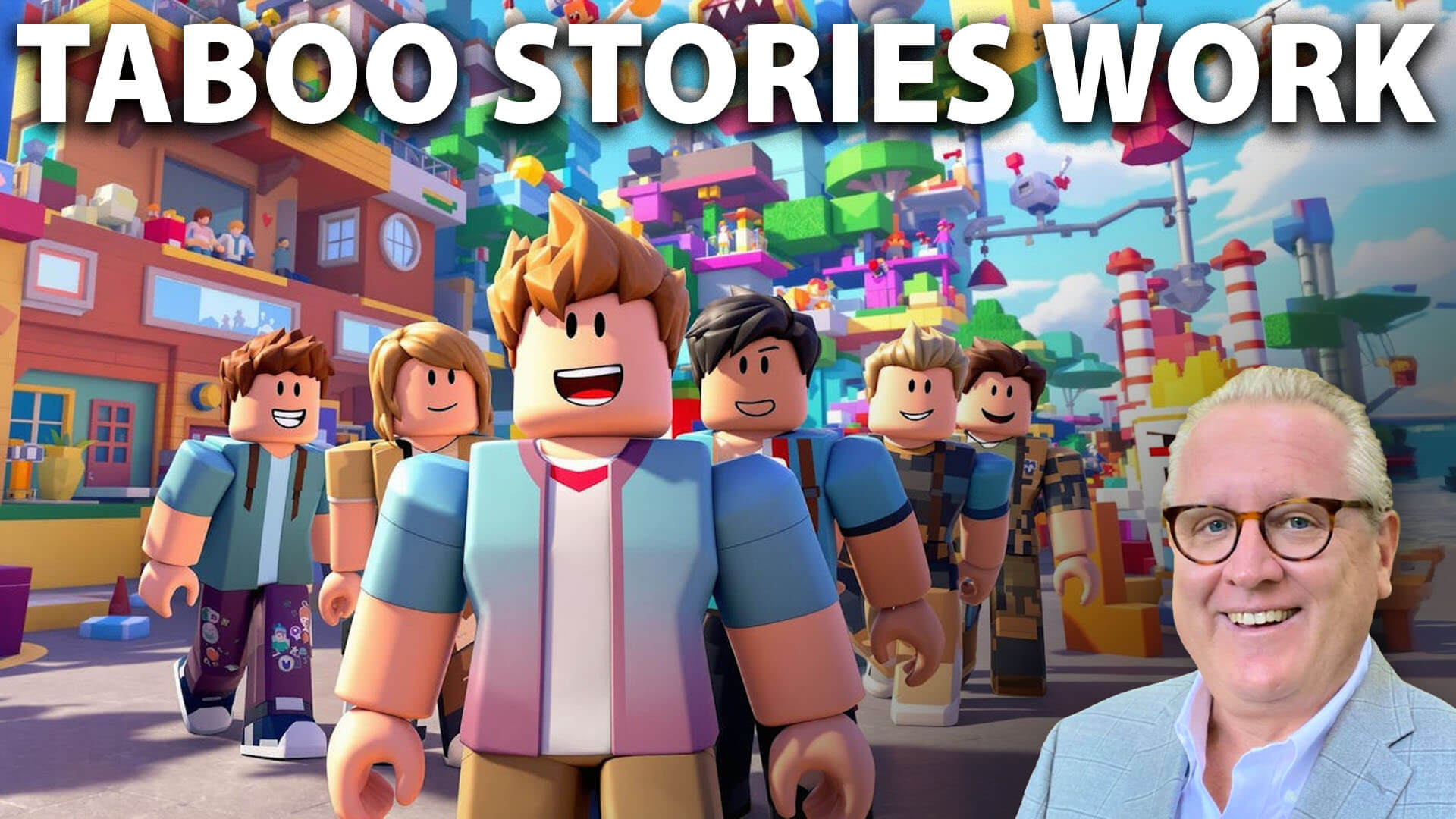







![Best times to post on Facebook in 2025 [Updated March 2025]](https://media.sproutsocial.com/uploads/2024/04/Best-times-to-post_2024_feat-img_fb.jpg)







